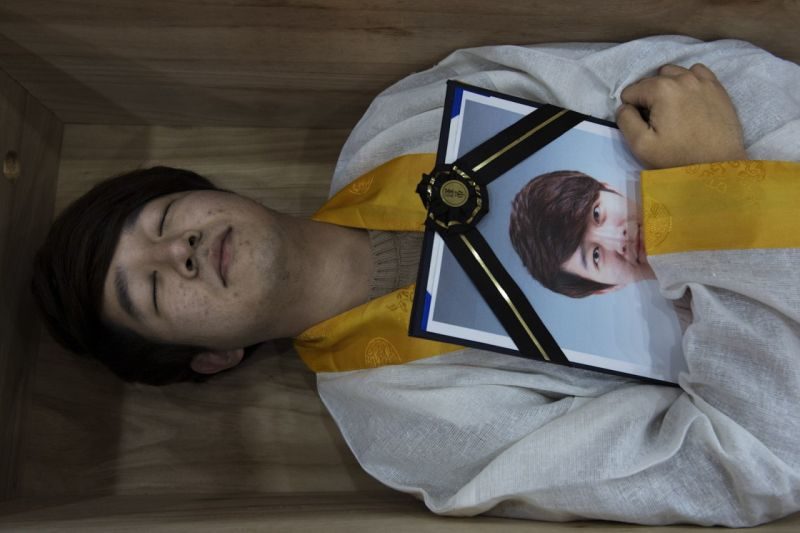Death is universal. Death is inevitable. But most importantly, death is unique. You will be surprised to find out how death means different things in different cultures. This differences impact on the way the world grieves the death of loved ones. In today’s world, where cultures are overlapping each other in myriad ways, understanding of not only life, but also death, becomes crucial. Perhaps, this understanding is highly important also because a lot of people suffer from existential crisis and post traumatic stress disorder in today’s age – and grasping the crux of death might help them cope with their anxiety and loss. So, without much ado, let us see what death in different cultures mean to different people.
In Korea, death is colorful
While a lot of countries around the world tend to grieve death by wearing darker shades like black and pale shades like white, in Korea, things happen a little differently.
When a family member dies in Korea, their ashes are refined and used to create colorful beads. No one wears those beads, of course. But, it is a Korean tradition to place these beads on display inside the house.
Perhaps, death is not such a dark event in Korea. Turning a grim occasion into something beautiful and colorful is probably a tribute to the beautiful life spent on Earth by the one who passed away.
In a way, death in Korea is less likely to be remembered as a dark phase in life. Or maybe, there is a belief that even as something dies, it breathes life into something more beautiful before going away.
In Sudan, death is a happy event
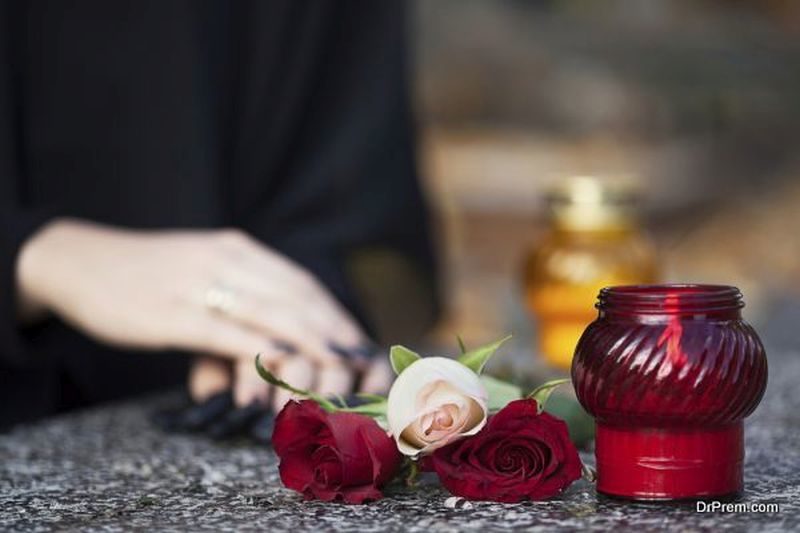 In the Kenga region of Sudan, people celebrate death. They do not mourn a lot about the one they lost. Death is a celebration in this region of the world, where the living dressed up like the one they lost and dance along the streets. The Sudanese name this tradition ‘Dodi’.
In the Kenga region of Sudan, people celebrate death. They do not mourn a lot about the one they lost. Death is a celebration in this region of the world, where the living dressed up like the one they lost and dance along the streets. The Sudanese name this tradition ‘Dodi’.
The dance involves various instruments such as drums, rattles and flutes – with people moving their feet in swift, energetic movements. Both sexes participate equally in the dance.
Maybe in Kenga, Sudan, death is not something to mourn. If one thinks about it, the happiness makes some sense. The dead are finally free from pain, suffering and grief. The dead will be reborn somewhere else and start a new life. It is this belief that gives rise to celebration.
And Kenga isn’t the only region where death leads to dancing and celebration.
The Jamaicans celebrate the creation of life
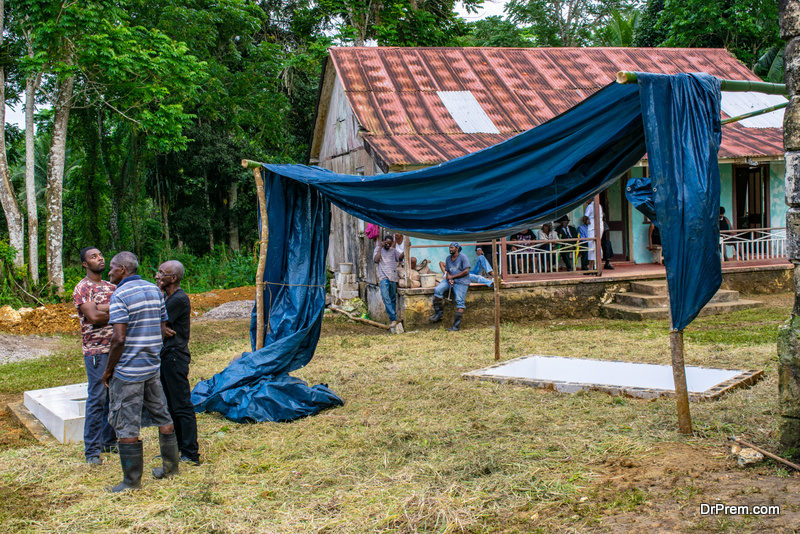 While they have all the reason to cry and beat their heads around at the death of their loved ones, the Jamaicans actually refrain from doing that. Instead, they dance on the first night form the nine nights that precede a funeral service.
While they have all the reason to cry and beat their heads around at the death of their loved ones, the Jamaicans actually refrain from doing that. Instead, they dance on the first night form the nine nights that precede a funeral service.
The Jamaicans celebrate the creation of life rather than the destruction of death. They dance a lot. They dance with strength. And they dance by focusing this strength on the pelvic region, to show that the power of reproduction is greater than the power of destruction.
In Jamaica, death is a transition –from one life to another. Death is the path to progression – to something better and natural.
The Jews do not look at death as a tragedy
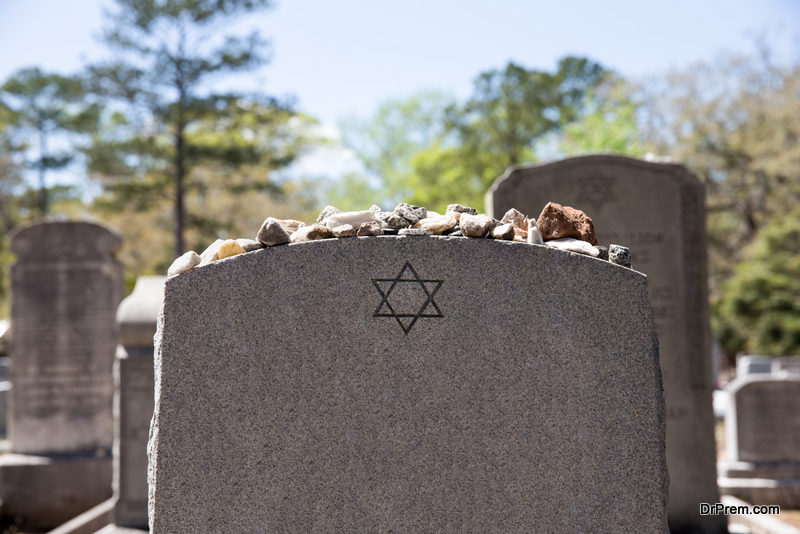 It is generally common in cultures which believe in reincarnation to view death is less of a tragedy. The same goes for the Jewish culture.
It is generally common in cultures which believe in reincarnation to view death is less of a tragedy. The same goes for the Jewish culture.
The Jews hold the funeral for their dead as soon as they pass away. However, funerals are not allowed to take place during religious holidays or festivities such as Sabbath. This clearly shows how death is demarcated from life.
The Jews also hold at least three mourning periods after the death of a loved one. Probably, the Jews understand that death is something which one can deal with overnight. It takes time to grieve and accept the fact that someone very close to them isn’t here anymore.
But the (quite controversial) belief of afterlife keeps the feeling of hope and comfort ignited in the hearts of the ones left behind.
The Buddhist cycle of life and death
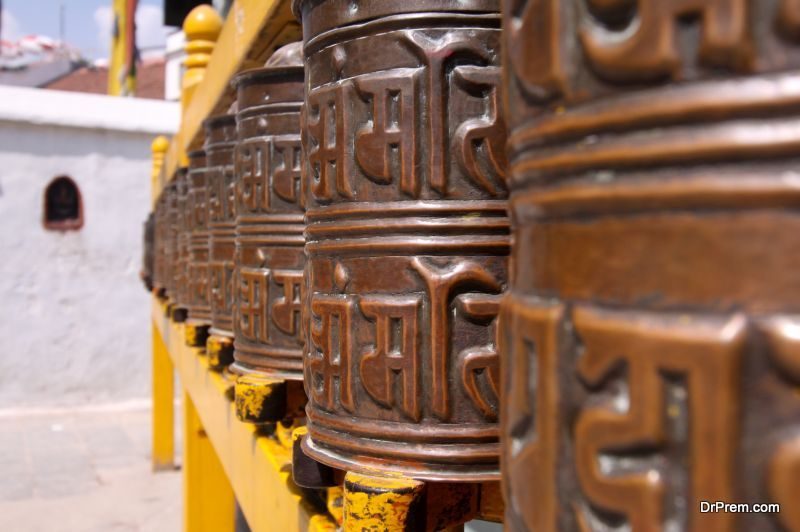 Buddhism believes that life is a cycle of death and rebirth. This cycle must never be stopped. So, in Buddhism, death is not an exaggerated occasion.
Buddhism believes that life is a cycle of death and rebirth. This cycle must never be stopped. So, in Buddhism, death is not an exaggerated occasion.
Most Buddhists live life with the goal of a peaceful death in mind. As soon as a human is born, his journey towards enlightenment begins. Hence, in Buddhism, death is merely the road one must walk on to reach an enlightened state.
Buddhists prefer cremation over burying their dead. As the dying person gets closer to breathing his last, the Buddhists place a statue of Buddha next to him. Being closer to God, peace and tranquility is a way to die peacefully and progress onto the next journey.
The Hindus believe death is not permanent
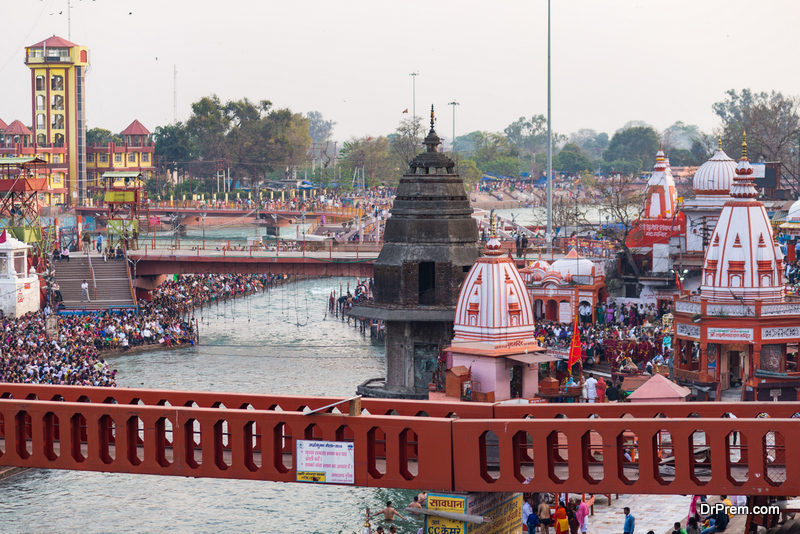 In the most holy scripture of the Hindus – the Bhagawad Gita – death is not a sad, permanent reality, but a passing, temporary illusion. According to the Hindus, death happens when a soul decides to shed a tired, exhausted body and seeks shelter in renewed, regenerated physical form.
In the most holy scripture of the Hindus – the Bhagawad Gita – death is not a sad, permanent reality, but a passing, temporary illusion. According to the Hindus, death happens when a soul decides to shed a tired, exhausted body and seeks shelter in renewed, regenerated physical form.
The Hindus mourn death – so much so that they do not even leave the dead person’s body alone until it is cremated. However, this culture seeks comfort and respite in the fact that their loved ones will take birth again to resolve the karmic debts with the living ones.
The Hindus also wash away the ashes of the dead one in the flowing river – maybe because just as a river keeps flowing, life and energy must continue to flow.
Another reason behind this is the fact that the Hindus hold the rivers of India as a sacred entity – and pouring the ashes into the lap of these rivers will ensure that the soul is purified and cleansed of its sins as well.
Death in different cultures mean different things. However, one thing stays common in all of this – death and life in almost every culture in the world are not binary opposites, but different shades of the same spectrum.
Death in different cultures might differ in the way that it is perceived. But loss, grief, parting and understanding of all of the former stays a constant element.


